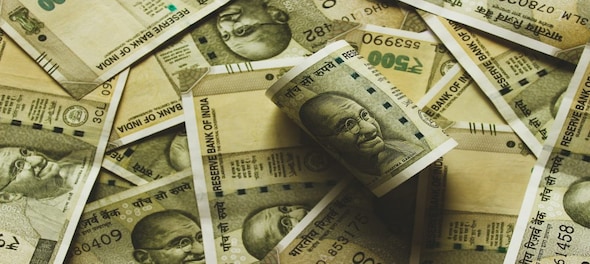
According to a recent report from the State Bank of India (SBI) Economics team, the Reserve Bank of India's (RBI) repo rate hike or cut is not getting equally transmitted to all borrowers.
The report said some borrowers have managed to be hardly impacted by the rate hikes either because of market imperfections or bargaining power. The team is led by SBI's chief economist Soumyokanti Ghosh.
Normally a one percentage point rate hike by RBI should result in approximately 100 basis point hikes across all tenors and borrowers. Now SBI has studied rate transmission across bank loans and corporate bonds over 65 months – i.e. over 5 years since March 2020.
It has studied the spread (or difference) between government bonds and AAA bonds (which is around 50 bps during normal times) as well as between government bonds and AA bonds, where the spread is higher, especially in the case of non-banking financial companies (NBFCs). SBI said the results of the study are as follows:
1) A 1 percentage point increase in repo rate has resulted in only a 2 to 3 bps increase in the spread of a 10-year AAA corporate bond over government security (G-Sec) a 3 to 4 bps increase in 5-year AAA corporate bond spread, and a 31 bps decrease in the spread of 3-year AAA corporate bond.
SBI report said this shows that the 3-year AAA corporate bonds are not priced with adequate risk premium. This lower yield could be a result of better bargaining power of corporates or exuberant risk pricing.
2) Similarly, the study points out that the 180-365 days commercial papers are underpriced by up to 90 bps (compared to shorter-term commercial papers with maturity under 6 months).
3) As far as bank credit is concerned, banking sources said to SBI that short-tenor working capital loans of less than one year are given even with finer rates in the range of 7-7.5 percent or even less.
It may be noted that the 10-Year G-Sec is currently trading at around 7.18 percent, while 91 Day T Bill is at around 6.85 percent and 182 Day T Bill is at around 7.04 percent.
The report said, "The pricing for a corporate paper should generally be higher by at least 50-100 bps, to cover the risk premium, over government paper depending upon the rating, tenor, etc.”
The fall in the corporate bond yield spread over government bonds is particularly glaring because at the start of COVID-19, i.e. in March 2020, the spread of AAA corporate bonds over G-Secs was as high as 120 basis points.
So who benefits and how much? SBI’s answer is, "Overall, our estimates reveal that at an annualised rate, some borrowers might have been able to save up to Rs 5,000 crore because of lower commercial paper rates."
This may have resulted in a better financial service ratio, the report added, "For example, the interest coverage ratio of listed entities, ex BFSI, improved by 60 bps in Q1 of FY24 as compared to Q1 of FY23 reflecting lower input cost including finance cost."
Market participants, when asked, say the lower yields in some corporate bonds in the past few years is because most companies have de-leveraged and banks, who are hunting for yield in a flush-liquidity mileu and ready to lap up even slightly high-yielding corporate paper
First Published: Sept 5, 2023 4:09 PM IST
Check out our in-depth Market Coverage, Business News & get real-time Stock Market Updates on CNBC-TV18. Also, Watch our channels CNBC-TV18, CNBC Awaaz and CNBC Bajar Live on-the-go!


BJP is planning to ban RSS, says Shiv Sena (UBT) chief Uddhav Thackeray
May 18, 2024 8:01 PM
Punjab Lok Sabha elections: Complete list of Congress candidates
May 18, 2024 4:08 PM
Punjab Lok Sabha elections: Check full list of AAP candidates and constituencies
May 18, 2024 12:59 PM
PM Modi, Rahul Gandhi election rallies in Delhi today: Here are the routes to avoid
May 18, 2024 11:28 AM

